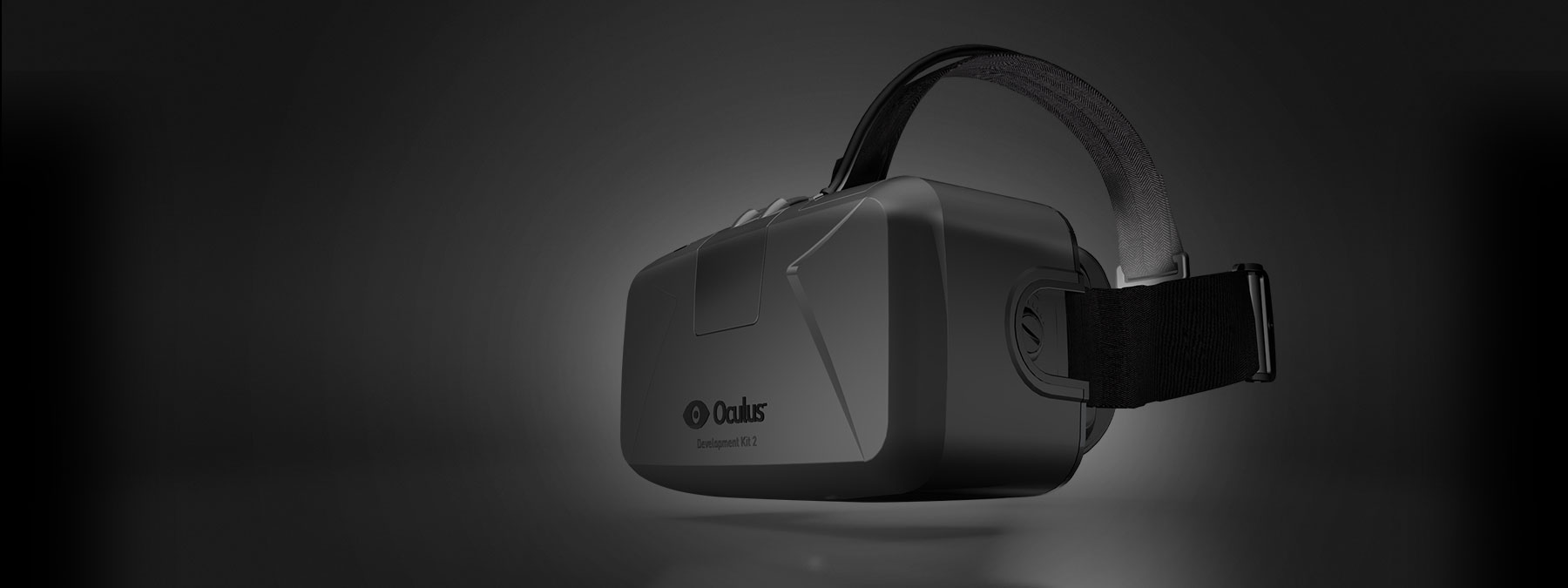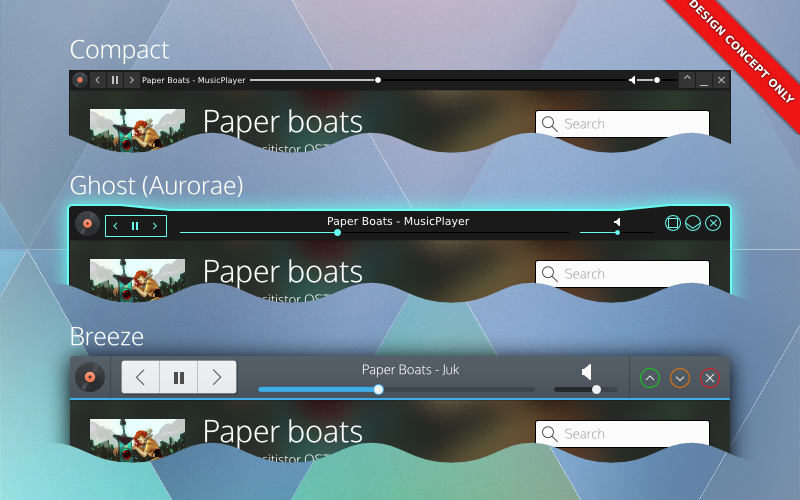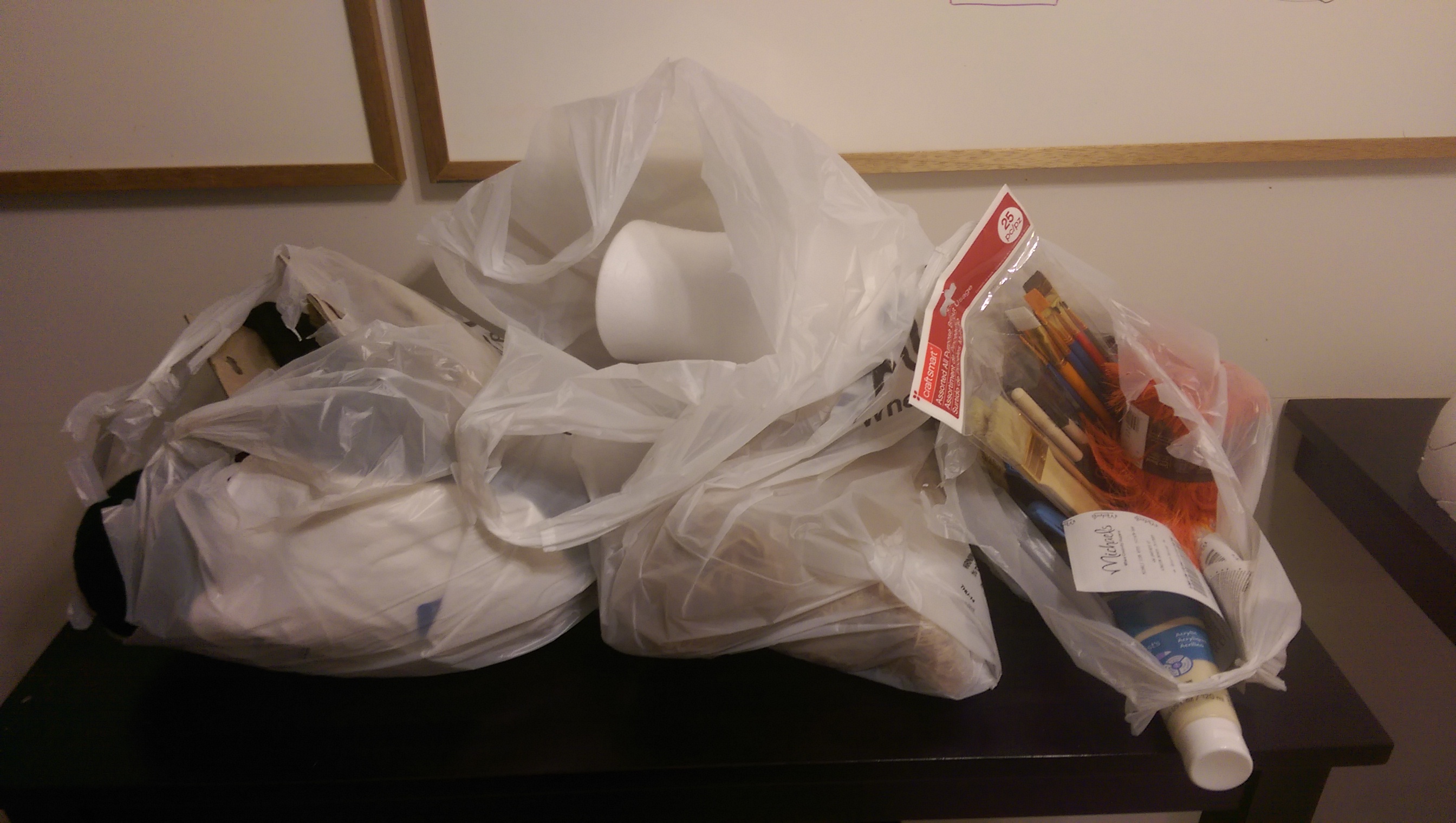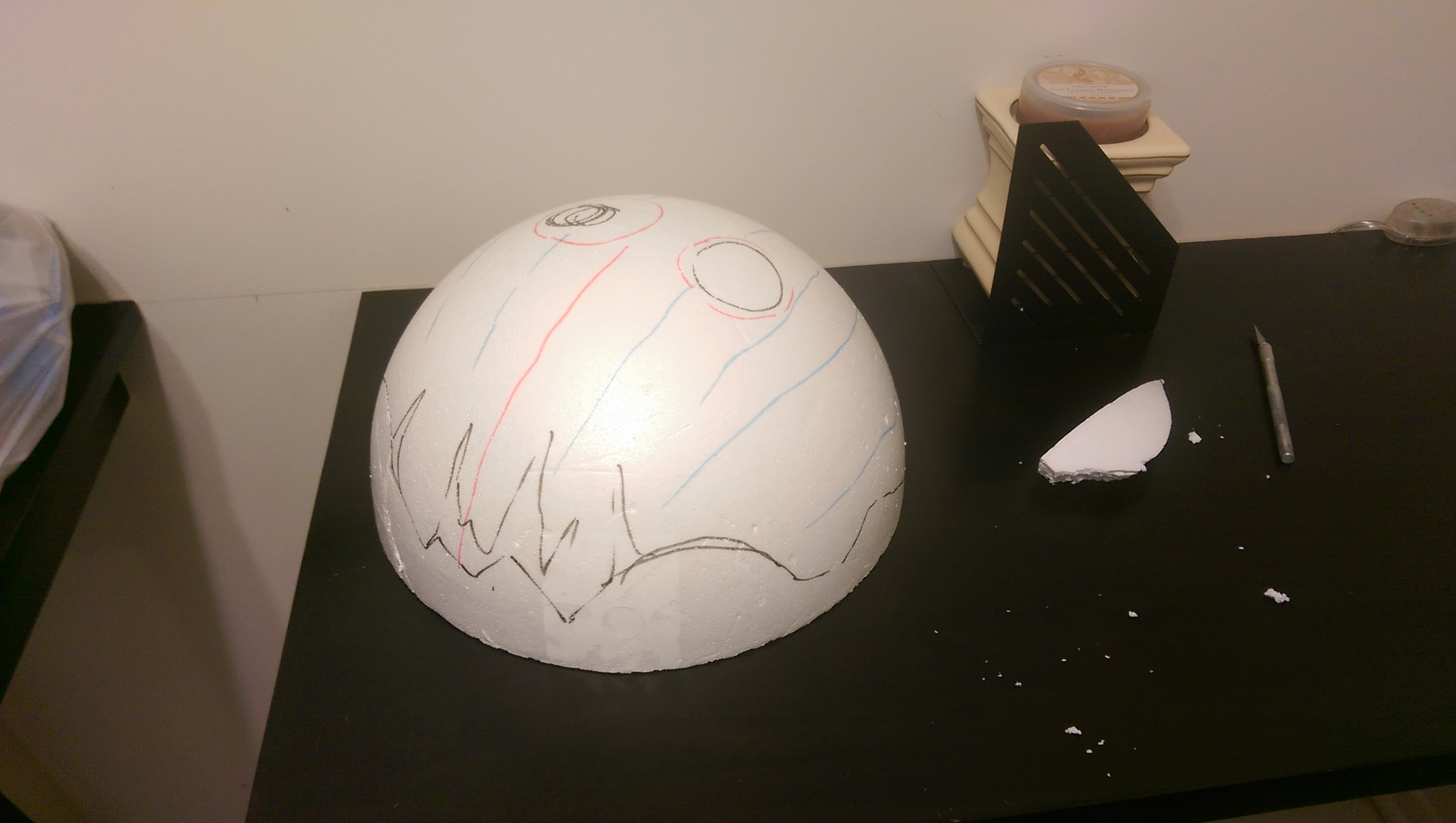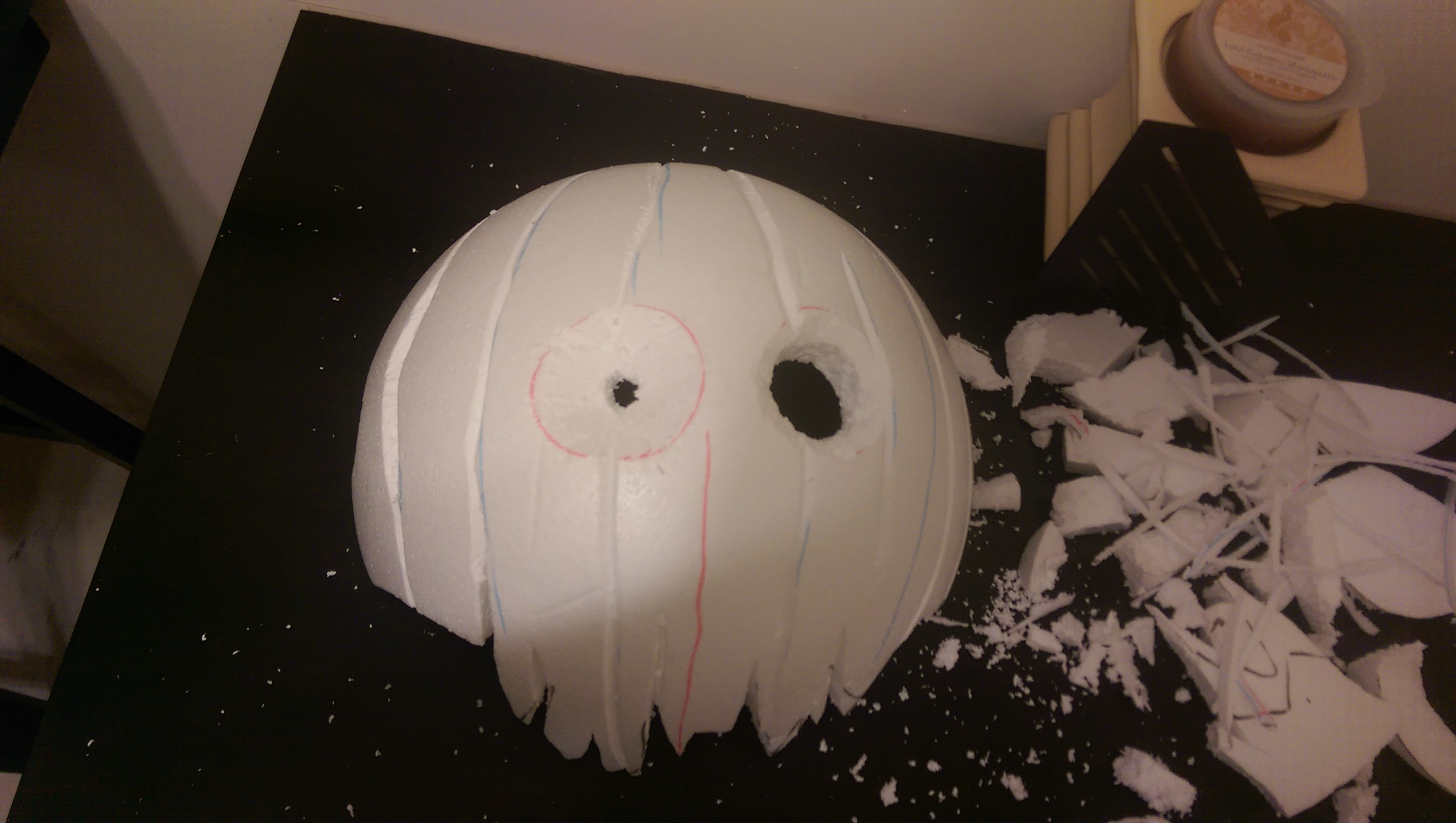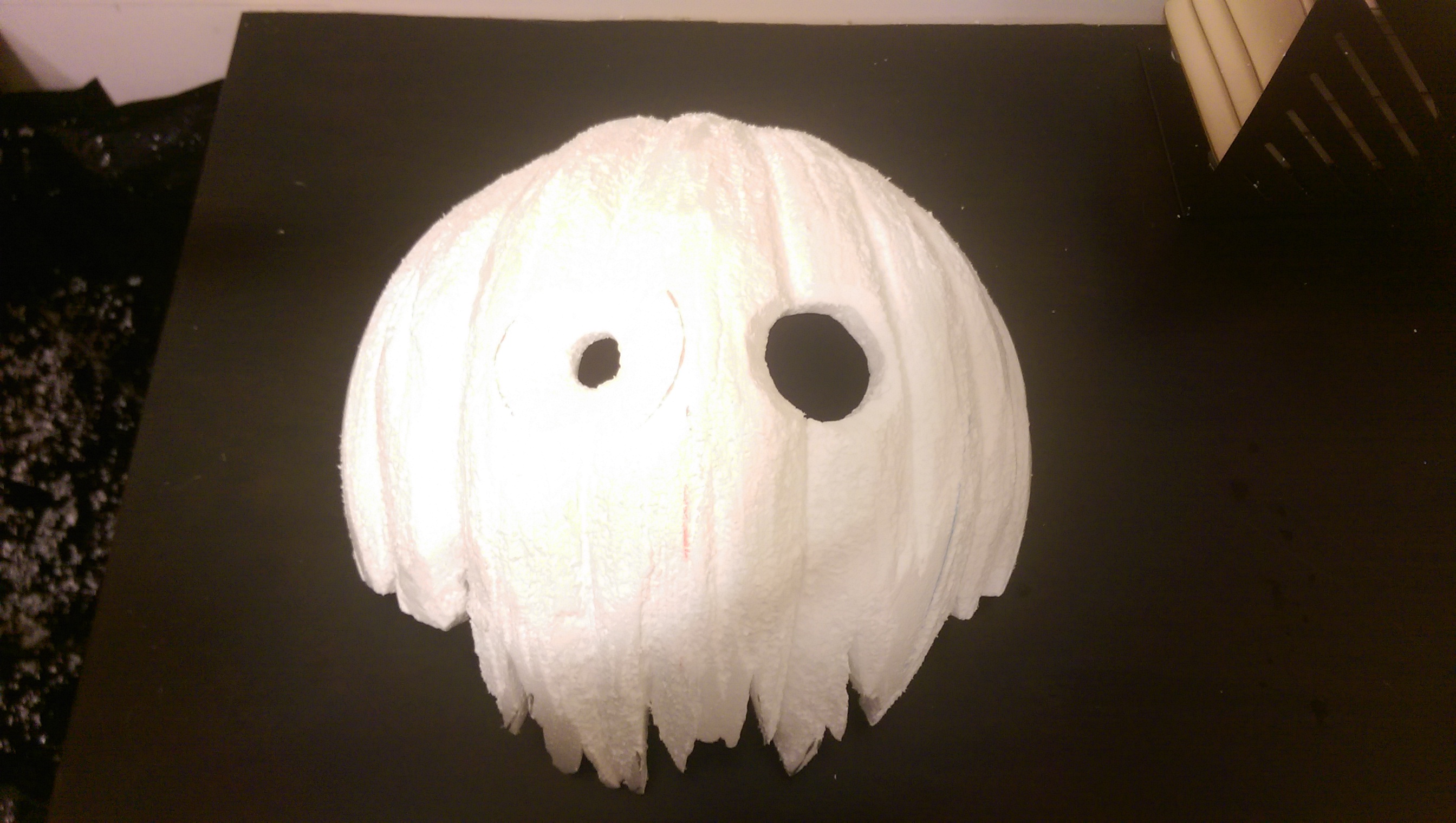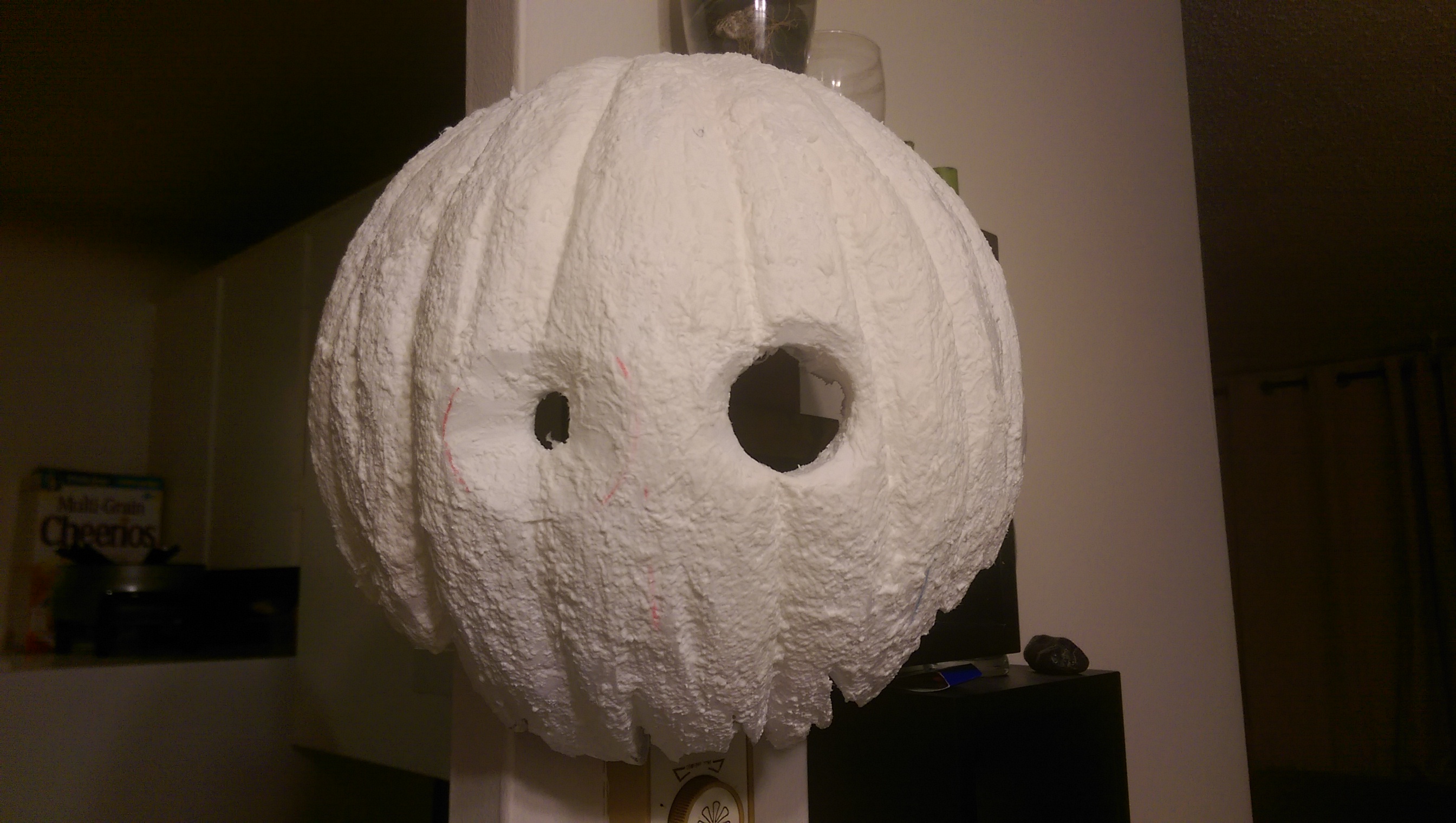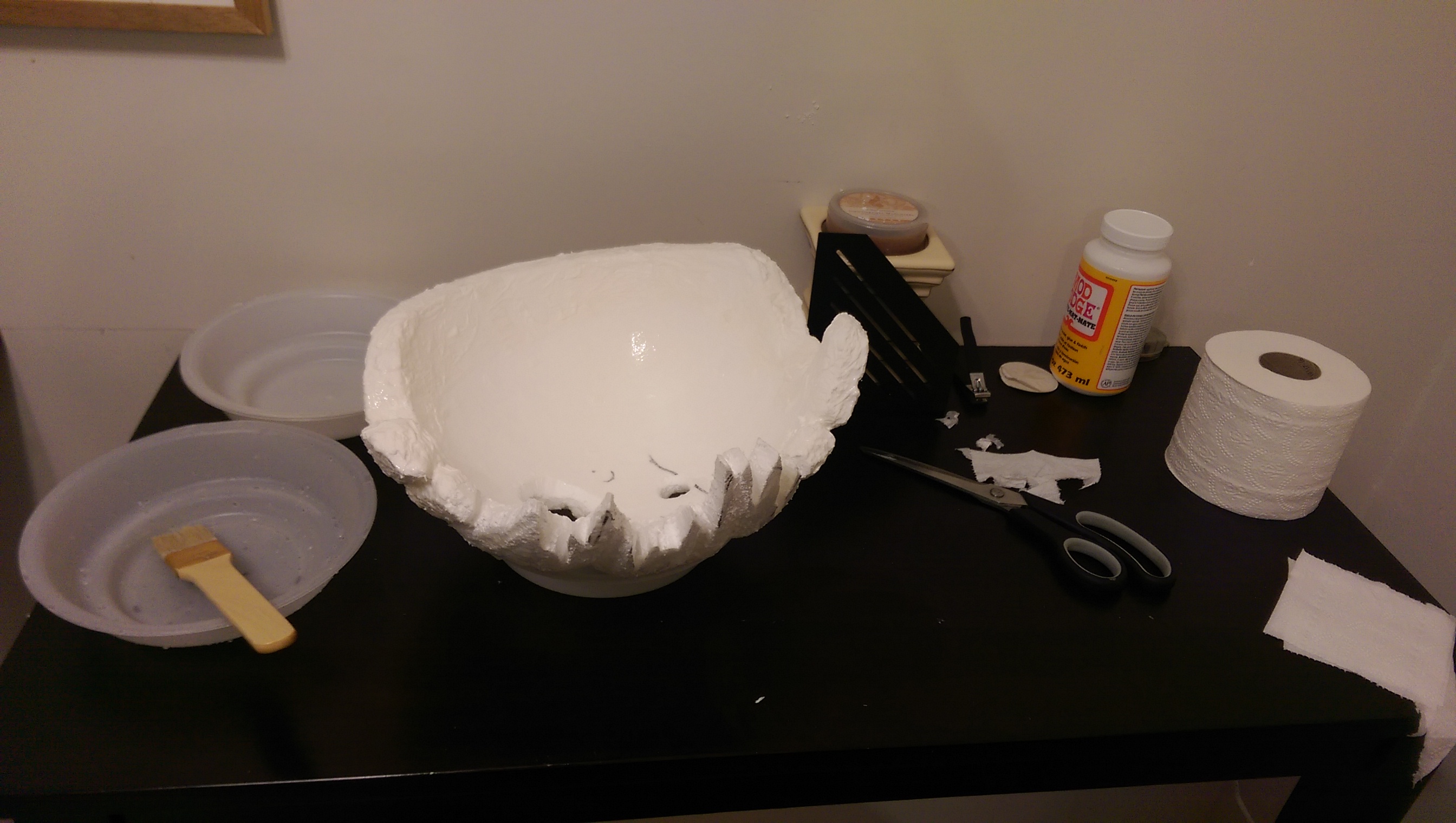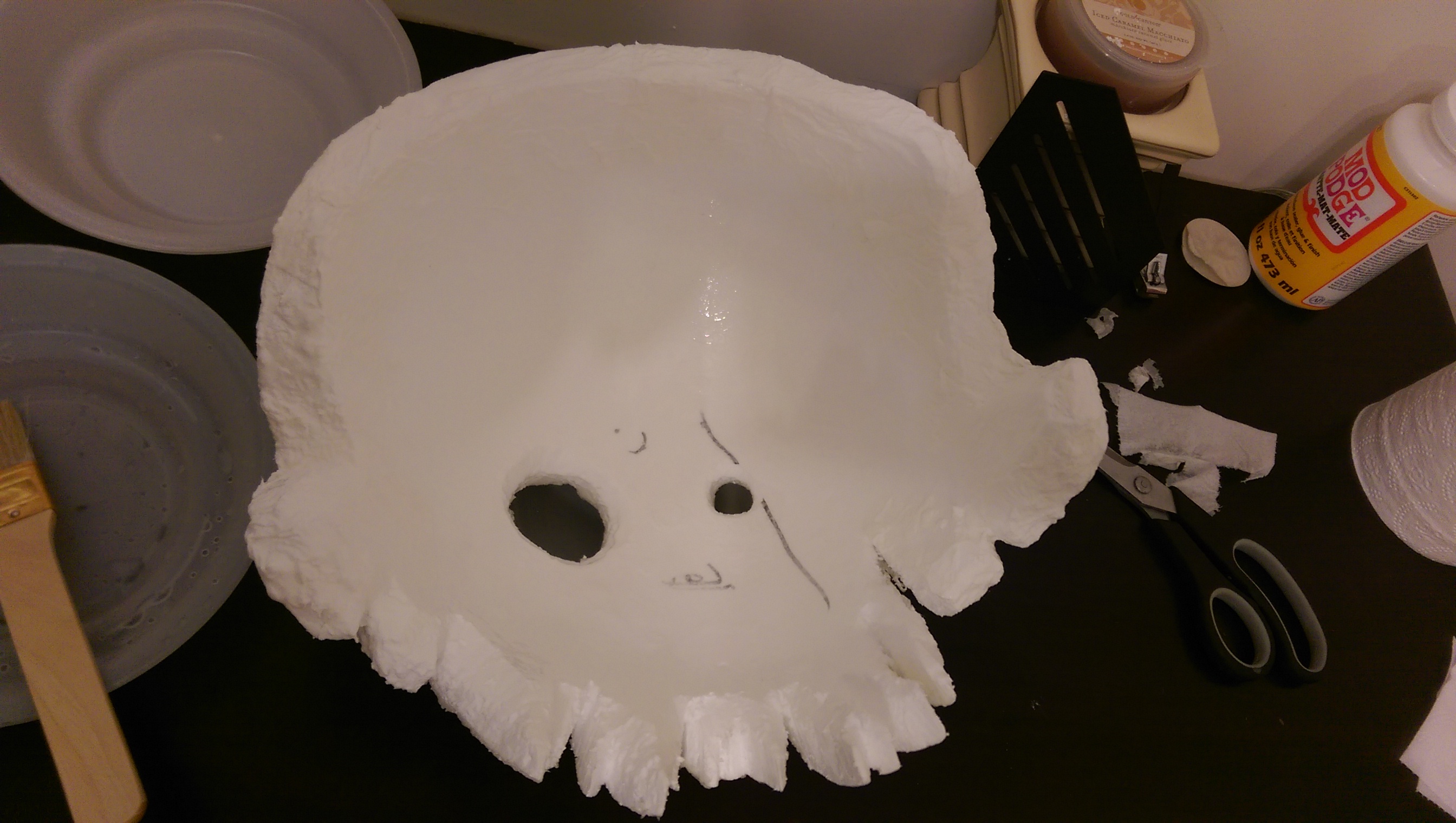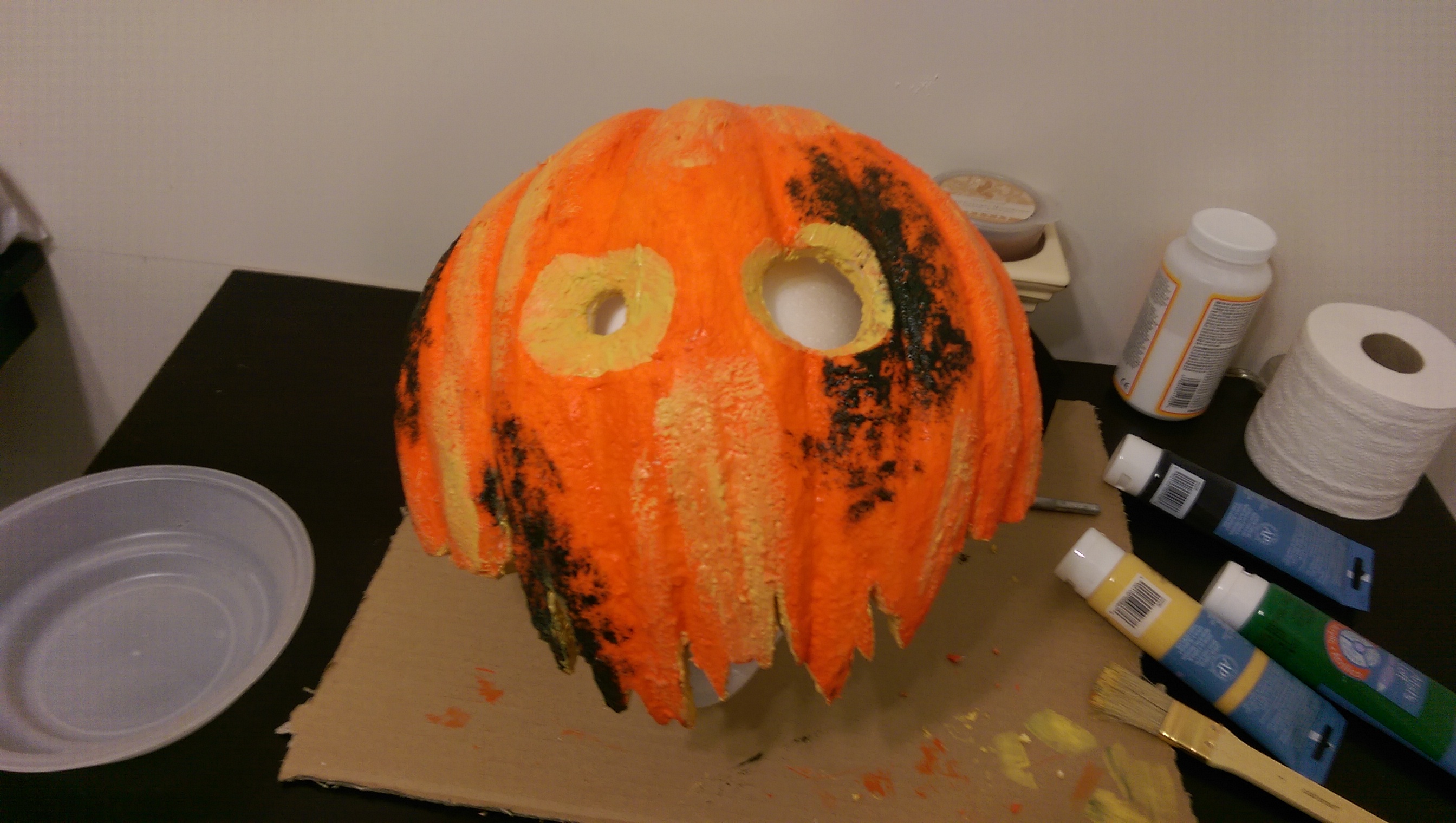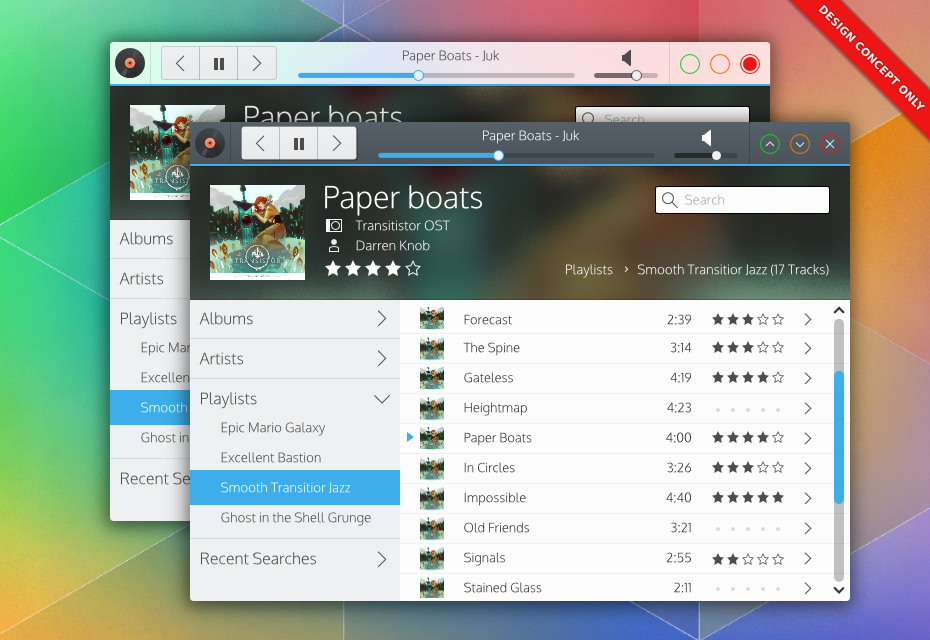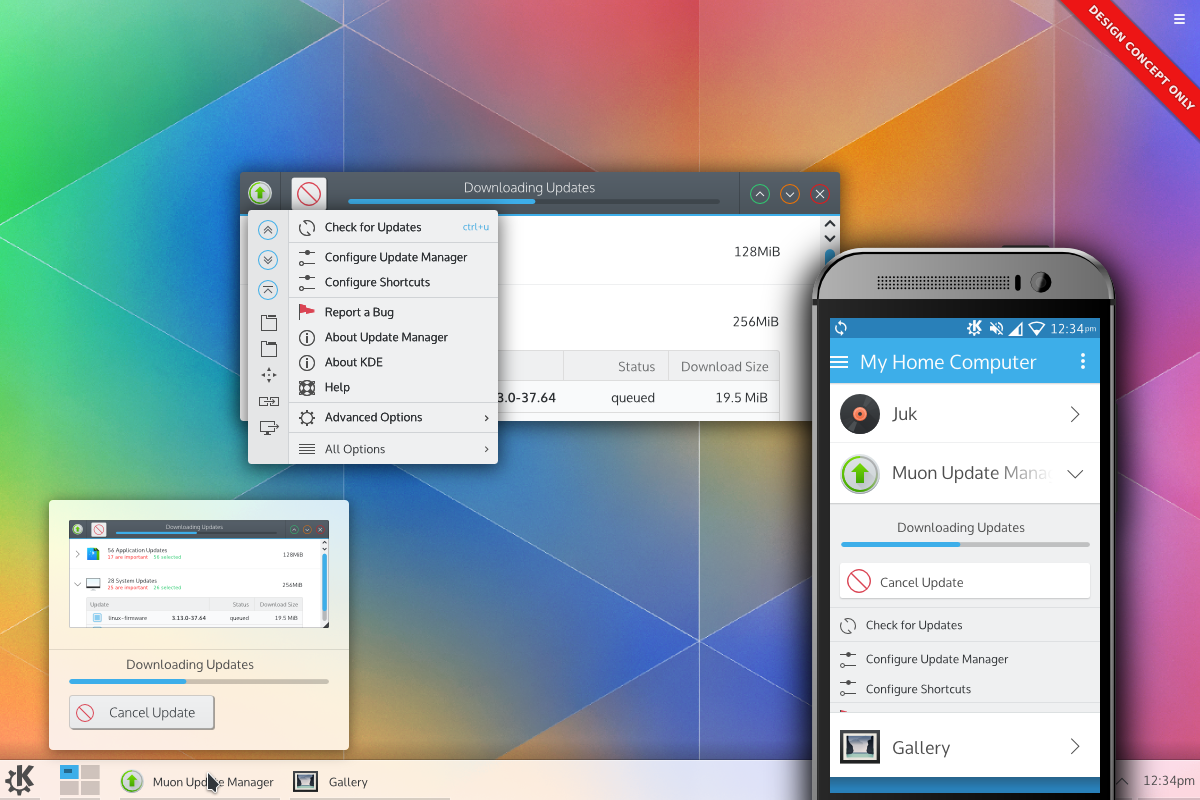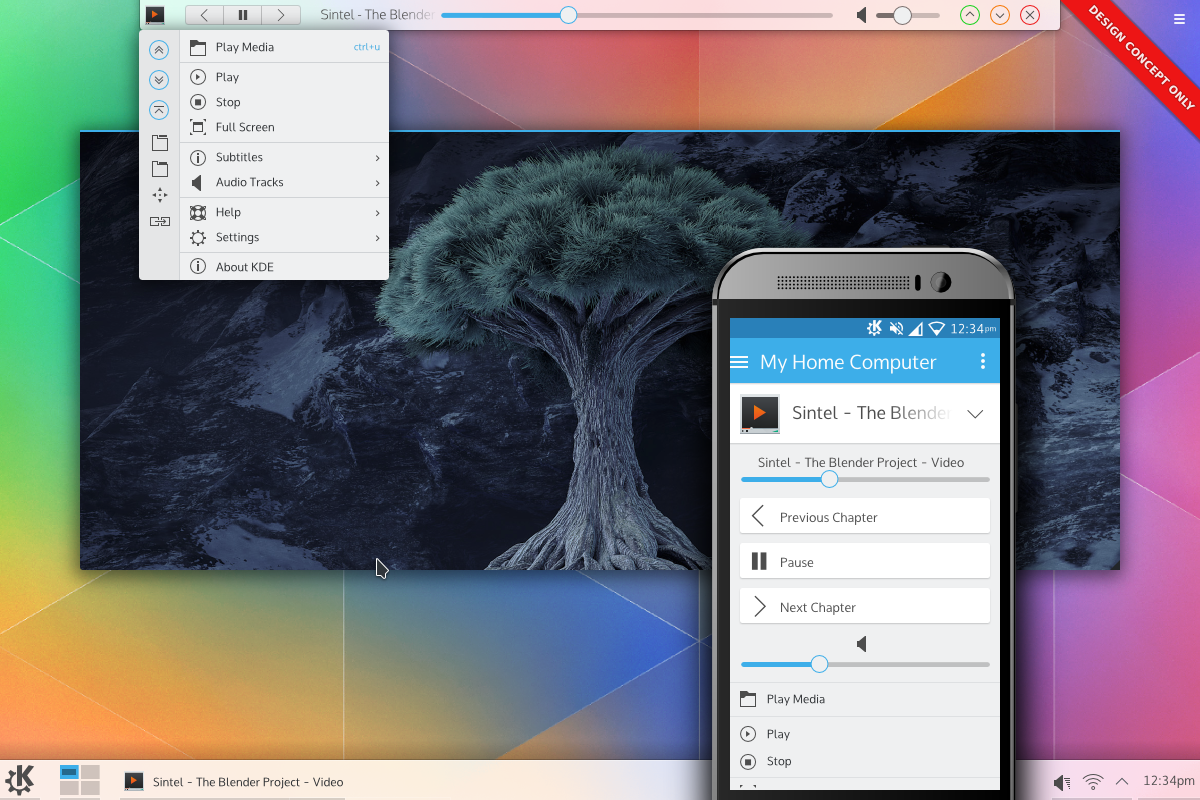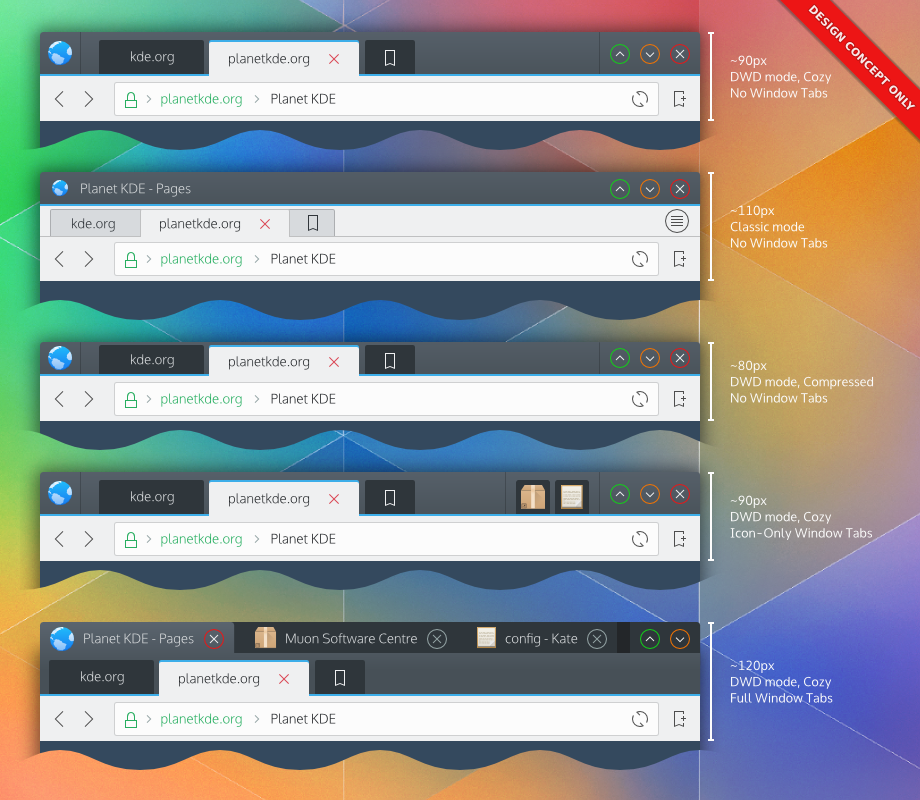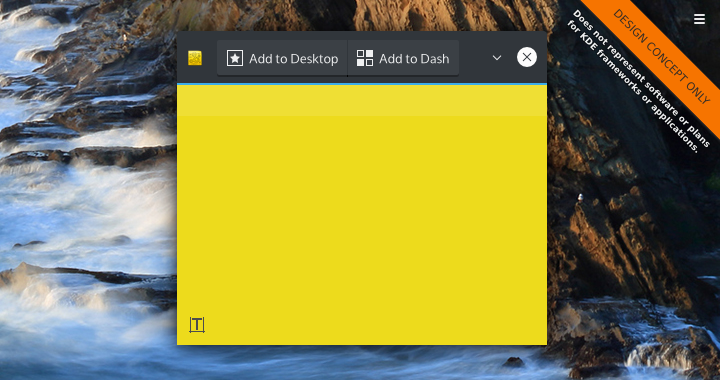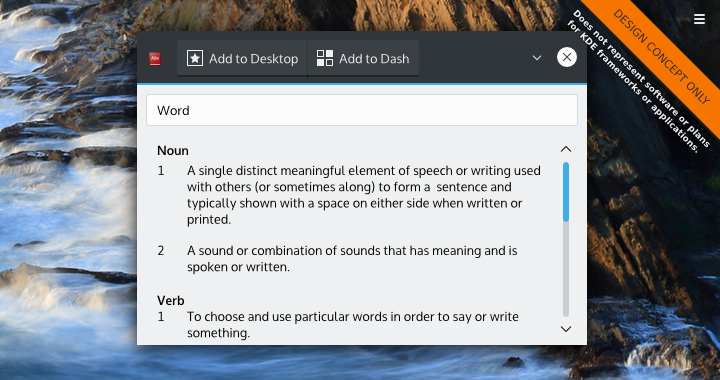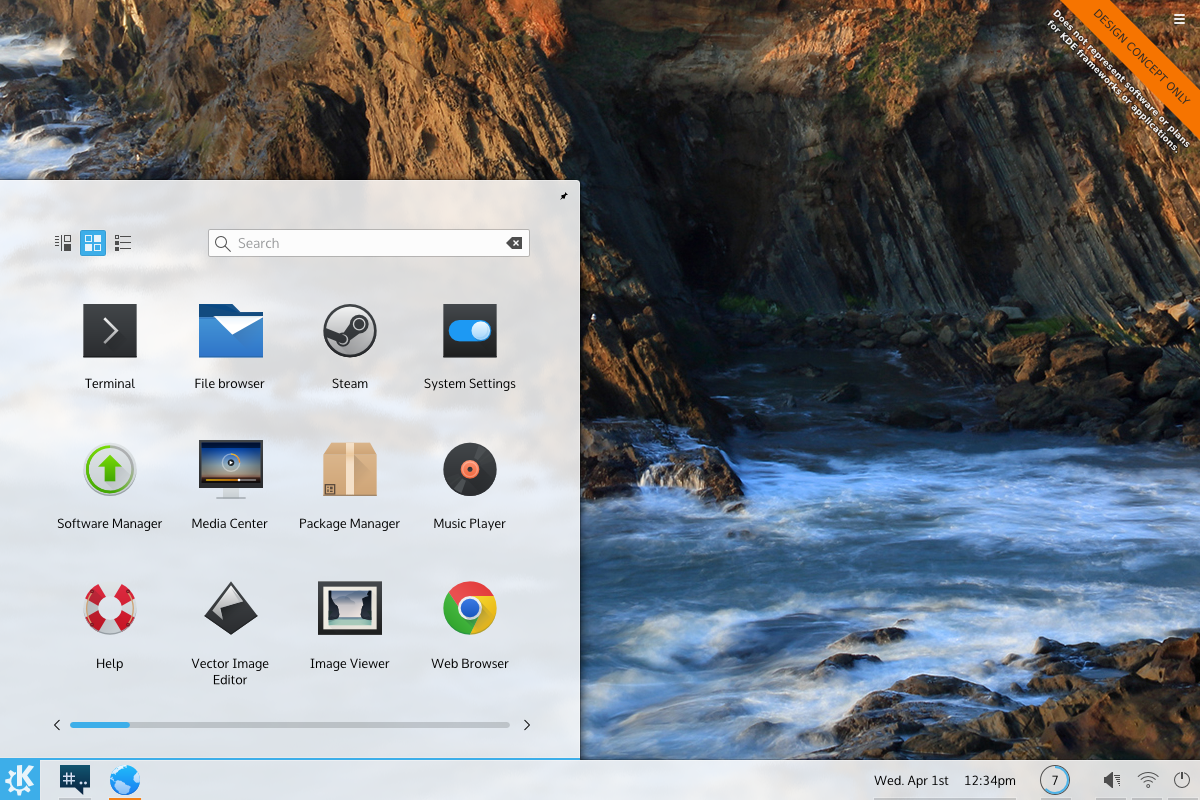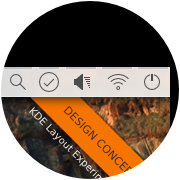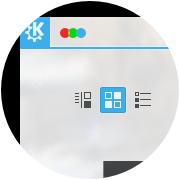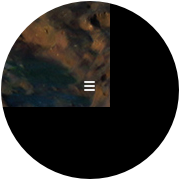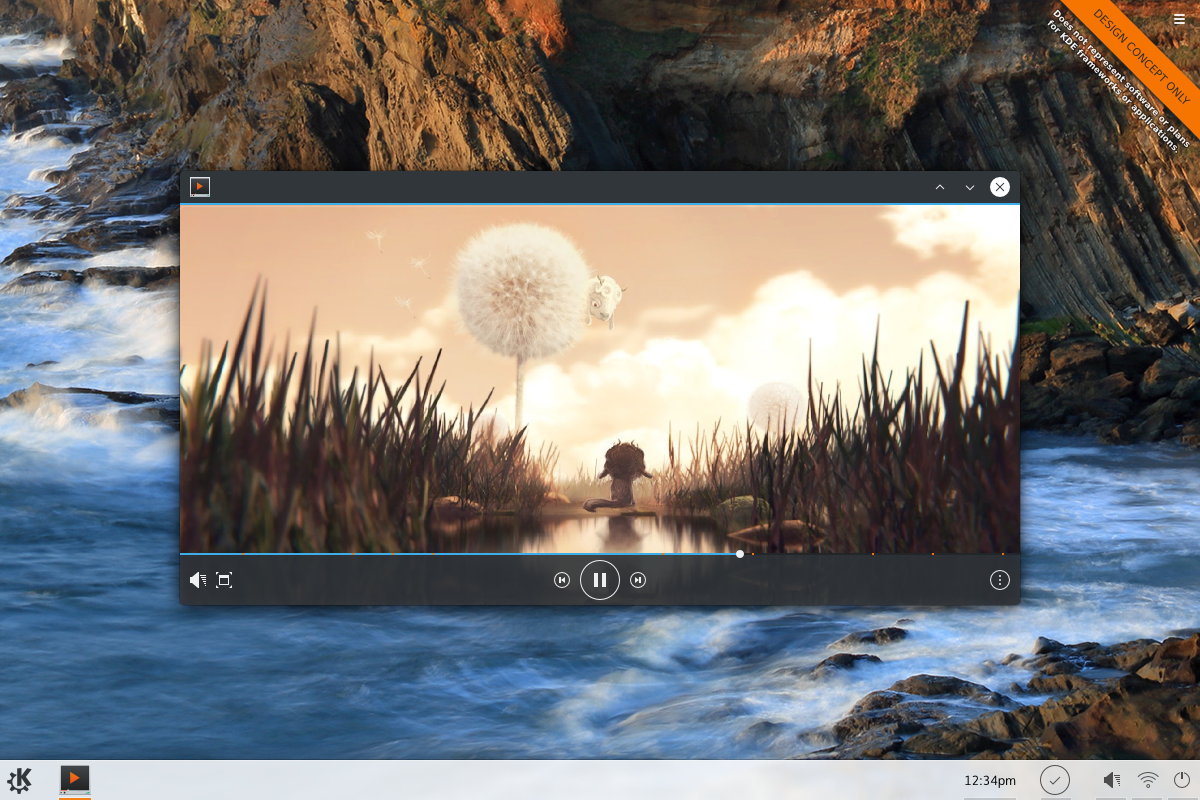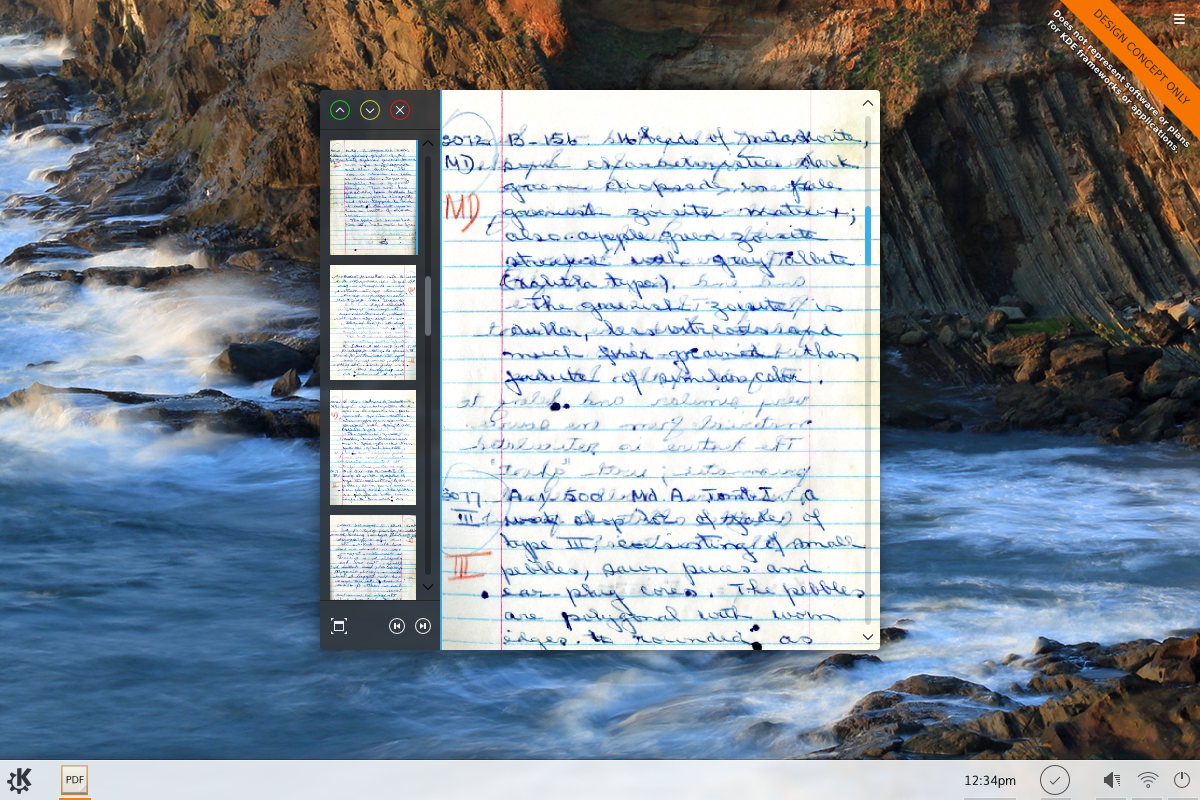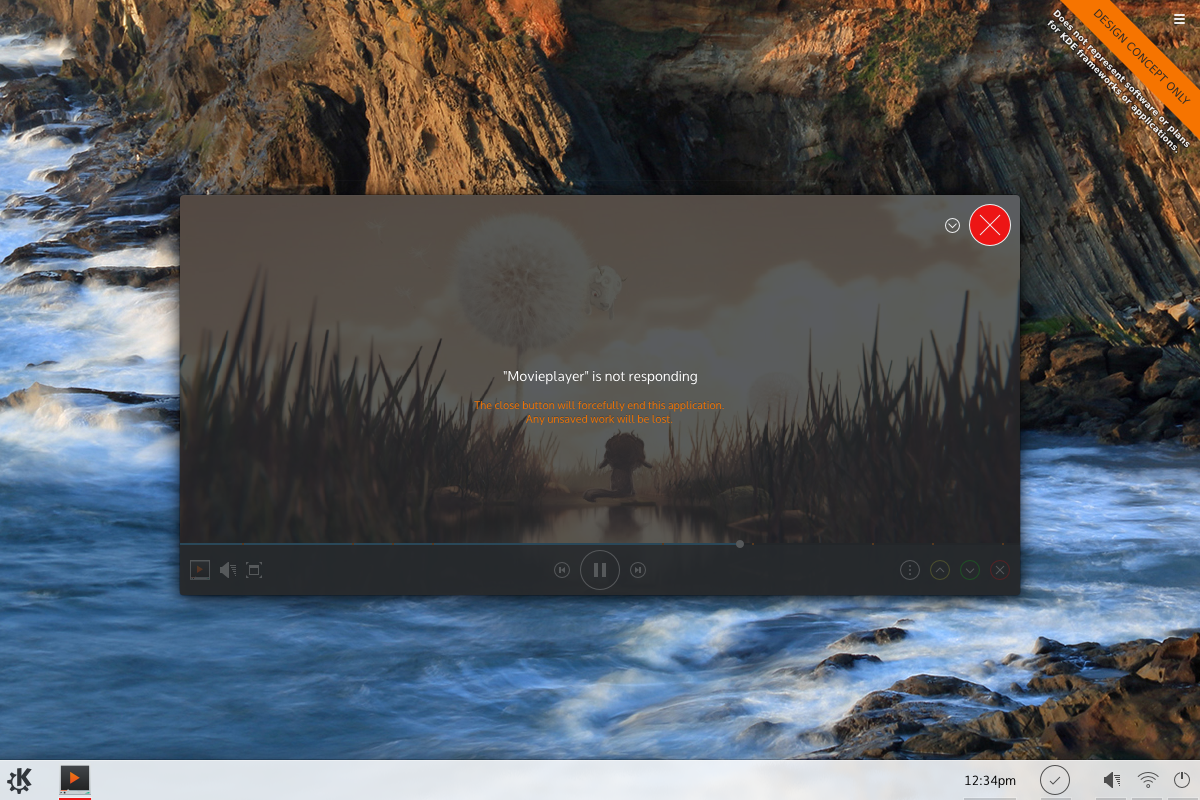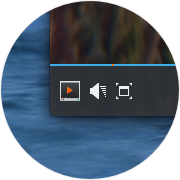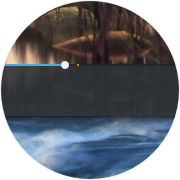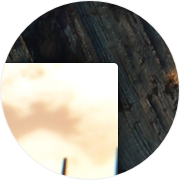Today my mom got her dirty mitts on on Oculus Rift (Dev Kit 2); and being the techie of the family, along with the distinction of being the one who essentially sold her on it, was the made responsible for getting it set up and running.
Out of the Box
The very first thing we commented on was how surprisingly light the unit was; given its square almost bulky appearance, the unit looked as if it could have been 100 grams heftier. Even holding it, looking inside, you felt as if it should been as heavy as a pair of premium binoculars. Because of this, it almost felt… Cheap. The plastic was good quality, but even the small gears on the inside (used to adjust the distance of the lenses) were from the same plastic – and I felt a little like stressing it could cause it to snap; this never happened though. I’m not sure what the lenses were make of, but I suspect they are plastic as well – especially given the reports that they easily scratch.
The box came with an array of cables and cords, some are apparently optional; when I set it up I missed a cord that clearly looked like a 3.5mm audio jack, and after placing it to the side I later found out it was a low-latency sync cable for the camera – which I had believed worked through USB. The software gave no warning that the cable was not connected, and we simply didn’t have spacial tracking because of it, and for the first time in a decade I resorted to the manual.
For a normal non-technie person, I would easily classify the setup as a small nightmare; there were plugs in very unintuitive places, and it seems as if there’s no good way to do the wiring. On the PC, the Rift will consume 2 USB ports, and an HDMI port. The camera connects to the PC and a box in the middle of the headset cords.
Getting Started
The first ‘game’ we got running was the configuration environment; it’s a simple office desk on a blueprint-like plane, and you could look around and lean in. It was very simple yet elegant way to both demonstrate and calibrate the multitude of sensors and options on the system. You’d assume with gyroscopes, lenses and motion sensors calibration would be a nightmare, but out-of-the-box it worked just fine, you didn’t even really need to calibrate it.
For the majority of rift software outside the configuration tool, packages are simple downloaded archives which are unzipped and run directly. Some are ‘properly’ installed. Playing “real” games requires patching ‘drivers’ which get applied directly to games, though in the short time I had I couldn’t get any of the patches to work. I imagine this is simply a bi-product of being a development kit, and that it will be trivial for apps to ship full Oculus support without extra hassle.
With some games, you launch the executable, with others you launch a specific “dev kit 2” launcher. The support for various features is spotty, but that’s expected for early software; some games supported spacial positioning while others were oddly fuzzy. The haphazard support is apparently a result of the second dev kit having such different features, and games had simply not caught up. For the consumer version there’s a similar feature jump which concerns me slightly, will features be fragmented for the consumer version? Will it be as noticeable?
Our First Experiences
The first game we got running was one I had specifically selected to ease us into the peripheral – the “Tuscan Villa”, a simple house you can explore on the coast. Despite being a lightweight game in terms of mental intensity both my mother and I had almost immediately became motion sick when we took our first steps; The moment you start moving your brain almost has an abhorrent response to your senses conflicting messages; your body says your stationary, your eyes say you’re moving. It only takes half a minute to adjust though, and once you get past it you start to notice the real sense of agency the Oculus gives you.
There were butterflies fluttering about the villa and despite being a grand total of 4 polygons I found myself following one around the yard, until hitting a balcony overlooking the water. This is a completely different kind of depth than a movie in 3D; in 3D movies you feel like actors are in front of the screen, but in the Oculus you feel like that water really does go on forever, it’s nearly cathartic.
The next experience we tried was the “Lava Coaster”; this was the game we discovered that we missed a cable used for spacial positioning. Once we got past the initial minor hiccup this much more intense simulation made us seriously queasy. We made the mistake of giving this to my stepfather (before something easier like the villa) and he immediately had to take it off. As we played successive demos we found ourselves actively become resistant to nauseating effects.
Not for Sharing
The Oculus has two sets of lenses which are interchanged, and two adjustment knobs used to achieve focus on the unit. I was a ‘Type B’ lens while my mom was a ‘Type A’ lens; unscrewing them to swap out can feel a bit tight, and the torque required to do it makes me just slightly uncomfortable – mostly owing to that plastic lightness. Overall, because of the constant adjustments we were making we ultimately had to find a middle-ground because it’s so much to fiddle with each time we swapped the rift between us. There doesn’t seem to be an ideal solution for quickly adjusting the device, and I’d be tempted to say they could make the entire lens face-plate removable so only the electronics and screen would remain; so you just make “your” perfect faceplate and snap it in… Otherwise there’s just no good way to share between multiple people because of the time-sucking vampire that is tweaking the rift. You ultimately have to settle for “good enough” focus to share it around a couple people.
In terms of fit, the rift seats very low on your face; I found it completely covered my nose. There’s also air-holes in the rift to avoid fogging, but light can get in and I had an odd lens-flare for a couple games. The weight was, again, lighter than expected; I’ve heard other people say it needs a counter-weight but it’s really not necessary, I think it’s just a case of taking regular breaks – the device was light enough to be quite comfortable.
The Experience
The “screen door” effect is apparent when you put on the device; I’m still unsure if my expectations were too high, but it was noticeable. Right now the Oculus uses a mobile phone screen, but I imagine when the formfactor comes into its’ own, screens formatted to sit inches from your eyes will eliminate the issue. The effect is more prominent on brighter games, and horror games with darker visuals will seem far less obfuscated.
Having the rift on does nothing to help you locate your hands, and we found ourselves fumbling all over the keyboard. I’ll be attempting to hack a wii remote onto her computer my next visit. At one point the rift went out of sync, and she was ‘rotated’ 90 degrees from her keyboard causing WASD to behave like DSAW; it didn’t help that she was freefalling at the time, frantically trying to get in control of the keyboard while plummeting into her fear of heights.
I did notice occasional jankiness in head movement vs the screen keeping ‘in sync’, though I can’t say for sure if it was the computer, the camera being blocked, gyroscopes, or something else. But it was only in some games, which suggests in my be an issue on their part. Other games appeared to be slightly out-of-focus.
Though not a fault of the unit, I would highly recommend rocking some Q-Tips if you expect to share the device; when you change lenses a single hair or piece of dirt on the screen becomes immediately obvious, and a Q-Tip is a surefire way of fetching those specs without fingering the screen. If you keep the lenses close toy our eyes, expect to use the supplied cleaning cloth to regularly wipe down the lenses.
Final Thoughts
The Oculus Rift is a fine piece of technology so far; I was both impressed and cooled by its performance in several areas. The set-up is a nightmare, but once it’s up-and-running things got easier fairly quickly. I do see where it has a ways to go, especially in the screen-door-effect area, but without a doubt it’s the most immersive thing I’ve ever used. I didn’t gush too much over it’s mostly silky-smooth feeling, and it really does add incredible agency, even for games with the most simple of graphics. For the second prototype in a brand new category of device it’s nothing less than an achievement.
If you want to touch the future today in lieu of waiting another year, you’ll need to be willing to get your hands dirty – but once you experience the Rift you’ll just kind of sit back in awe at both the impressive immersion of the contemporary device, but also at the possibilities and potential of virtual reality. There’s a little difficulty in admitting to yourself that this sci-fi thing is here today.
